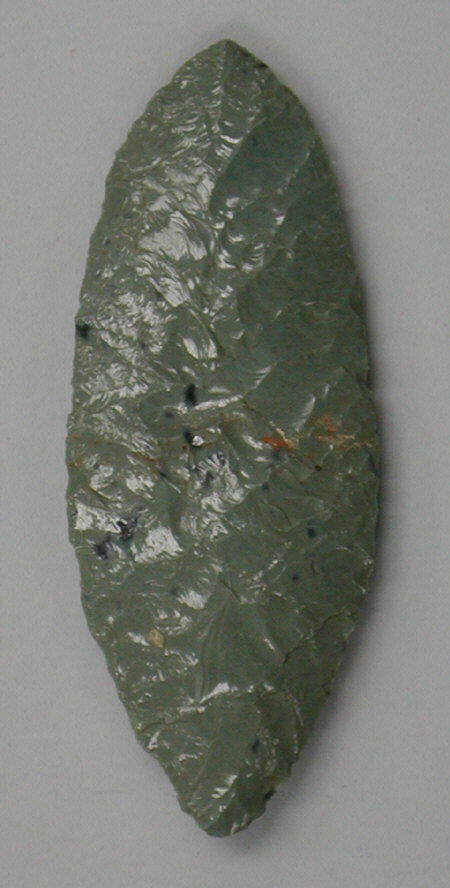
A contemporary term sometimes used for the Olmec culture is tenocelome, meaning "mouth of the jaguar". It is not known what name the ancient Olmec used for themselves some later Mesoamerican accounts seem to refer to the ancient Olmec as " Tamoanchan".

Despite the mistaken identity, the name has stuck. Įarly modern explorers and archaeologists, however, mistakenly applied the name "Olmec" to the rediscovered ruins and artifacts in the heartland decades before it was understood that these were not created by the people the Aztecs knew as the "Olmec", but rather a culture that was 2000 years older. This word is composed of the two words ōlli, meaning " natural rubber", and mēcatl, meaning "people". The Nahuatl word for the Olmecs was Ōlmēcatl (singular) or Ōlmēcah (plural). The juice of a local vine, Ipomoea alba, was then mixed with this latex to create rubber as early as 1600 BCE. The term "Rubber People" refers to the ancient practice, spanning from ancient Olmecs to Aztecs, of extracting latex from Castilla elastica, a rubber tree in the area. The name "Olmec" means "rubber people" in Nahuatl, the language of the Nahuas, and was the Aztec Empire term for the people who lived in the Gulf Lowlands in the 15th and 16th centuries, some 2000 years after the Olmec culture died out. Olmec artworks are considered among ancient America's most striking. The Olmec civilization was first defined through artifacts which collectors purchased on the pre-Columbian art market in the late 19th and early 20th centuries. The aspect of the Olmecs most familiar now is their artwork, particularly the aptly named " colossal heads". Among other "firsts", the Olmec appeared to practice ritual bloodletting and played the Mesoamerican ballgame, hallmarks of nearly all subsequent Mesoamerican societies. They were the first Mesoamerican civilization, and laid many of the foundations for the civilizations that followed. Pre-Olmec cultures had flourished since about 2500 BCE, but by 1600–1500 BCE, early Olmec culture had emerged, centered on the San Lorenzo Tenochtitlán site near the coast in southeast Veracruz. The Olmecs flourished during Mesoamerica's formative period, dating roughly from as early as 1500 BCE to about 400 BCE. It has been speculated that the Olmecs derived in part from the neighboring Mokaya or Mixe–Zoque cultures. Following a progressive development in Soconusco, they occupied the tropical lowlands of the modern-day Mexican states of Veracruz and Tabasco. The Olmecs ( / ˈ ɒ l m ɛ k s, ˈ oʊ l-/) were the earliest known major Mesoamerican civilization. Olmec artists are known for both monumental and miniature portrayals of what are assumed to be persons of authority-from six-ton heads sculptures to figurines.
#Olmec dragon obsidian blades Patch#
Patch 2.1.0 (): Added in Blade's Edge Mountains.The Wrestler 1200-400 BCE basalt height: 66 cm, from the Arroyo Sonso area ( Veracruz, Mexico) Museo Nacional de Antropología.Patch 2.4.2 (): Dragons in Blade's Edge Mountains will no longer instantly knock you off your flying mount.Patch 4.0.3a (): Added in Twilight Highlands.Hatch and rise, carry out the legacy of the Black Dragonflight!.Baleflame! Your tender flesh shall be an appropriate meal for my whelps!.




 0 kommentar(er)
0 kommentar(er)
